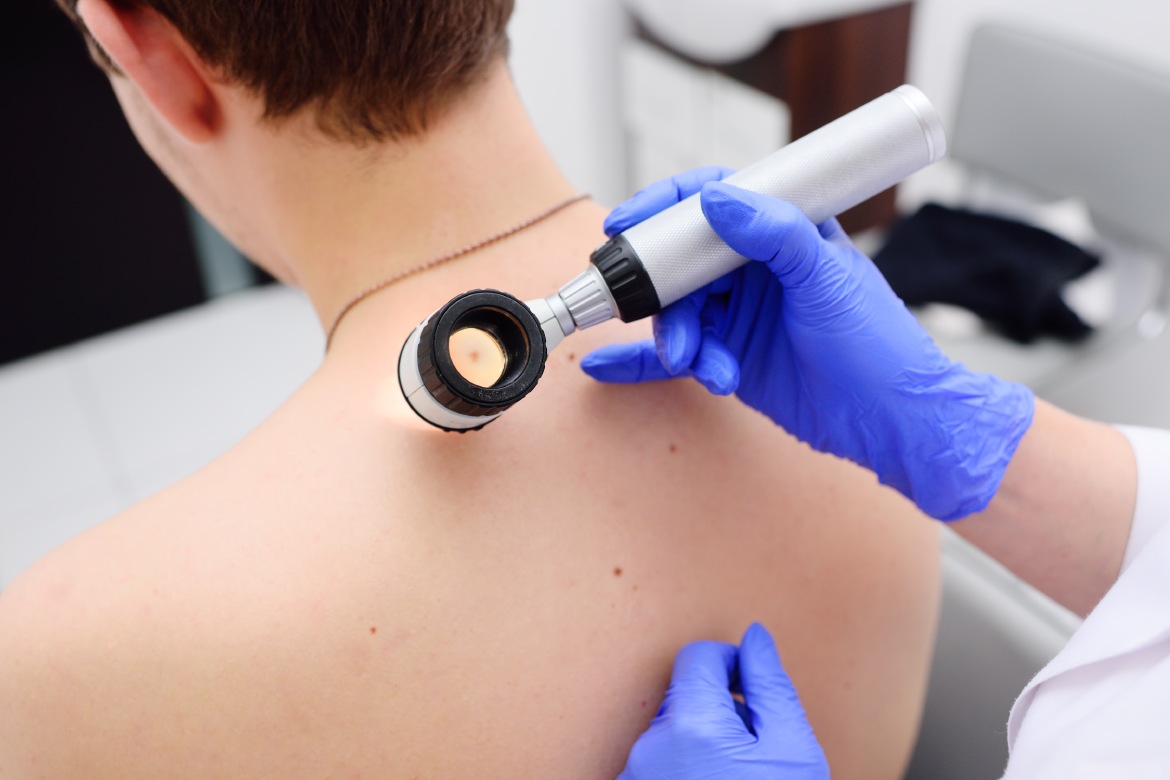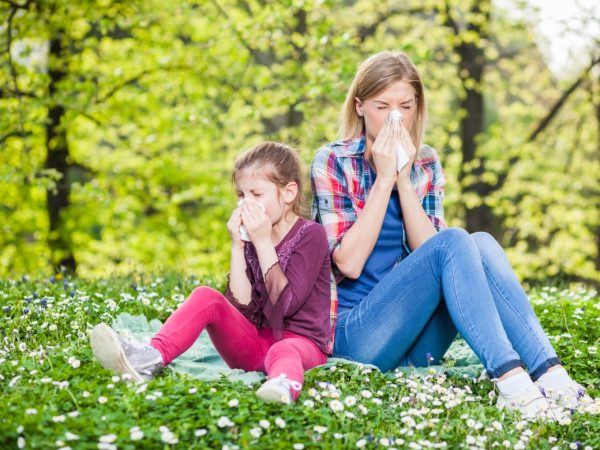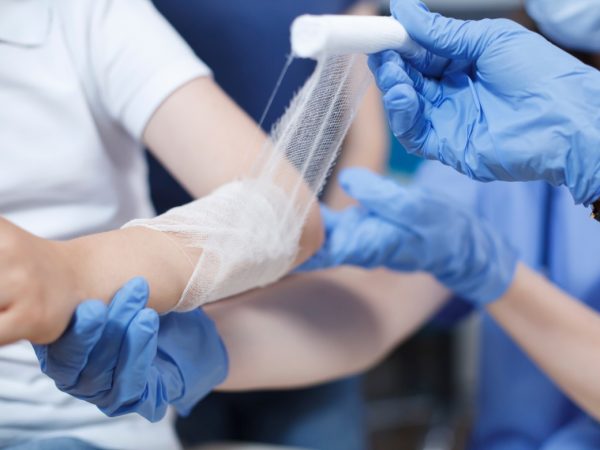10 Proven Methods to Get Rid of Warts
Need to Get Rid of Annoying Warts on Your Skin?
While medical treatments do make warts disappear, you can also make warts disappear using home remedies like banana peel and even mundane household items like duct tape.
In this article, we will list 10 proven ways to get rid of warts. Some treatment options are possible at home, while others require medical attention.
What is a Wart, Actually? Is it the Same as a Skin Tag?
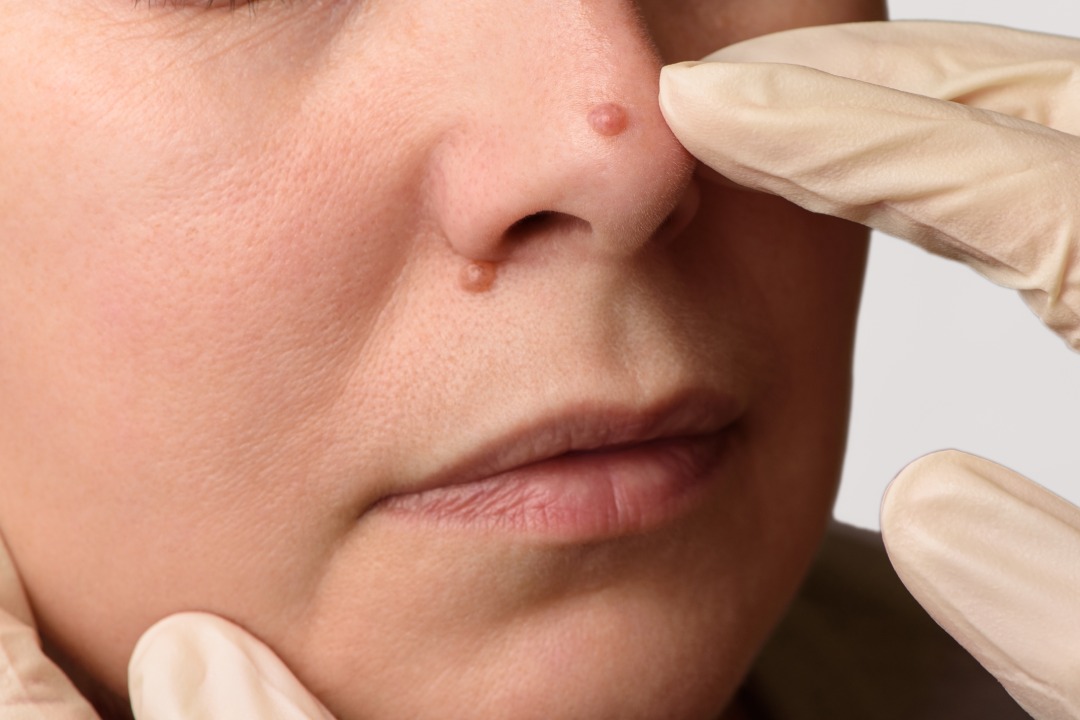
Before proceeding with treatment, you need to understand what warts are (and what they are not). Many people confuse warts with skin tags or even moles. But there are key differences among these three, and treatment option for one may not work for another.
So, what are warts?
WebMD defines warts as “small, noncancerous growths that appear when the skin is infected with one of the many viruses of the human papillomavirus (HPV) family.”
In simpler terms, imagine a tiny, rough cauliflower that sprouted on your skin. That’s kind of like a wart. It’s a bump, but is usually rough and a bit hard to the touch. Warts are like little party crashers – they show up uninvited because they are caused by a pesky virus that gets on your skin.
The antagonist here is the human papillomavirus (HPV), a very common group of viruses that can infect the skin and mucous membranes. There are over 200 different strains of HPV, and some can cause warts, while others can lead to certain cancers.
In most cases, HPVs are transmitted through skin-to-skin contact. So, if you see signs of warts, you probably got it from someone else via direct contact.
So, how do warts differ from skin tags?
Skin tags occur because of friction from rubbing against clothes or other parts of your skin, not a virus.
These are more like soft, dangling skin balloons. They’re usually flesh-colored or a bit darker than your skin, and they often have a thin stalk connecting them to your body. If you have warts instead of skin tags, you need an appropriate, and effective, treatment option.
10 Wart Removal Methods
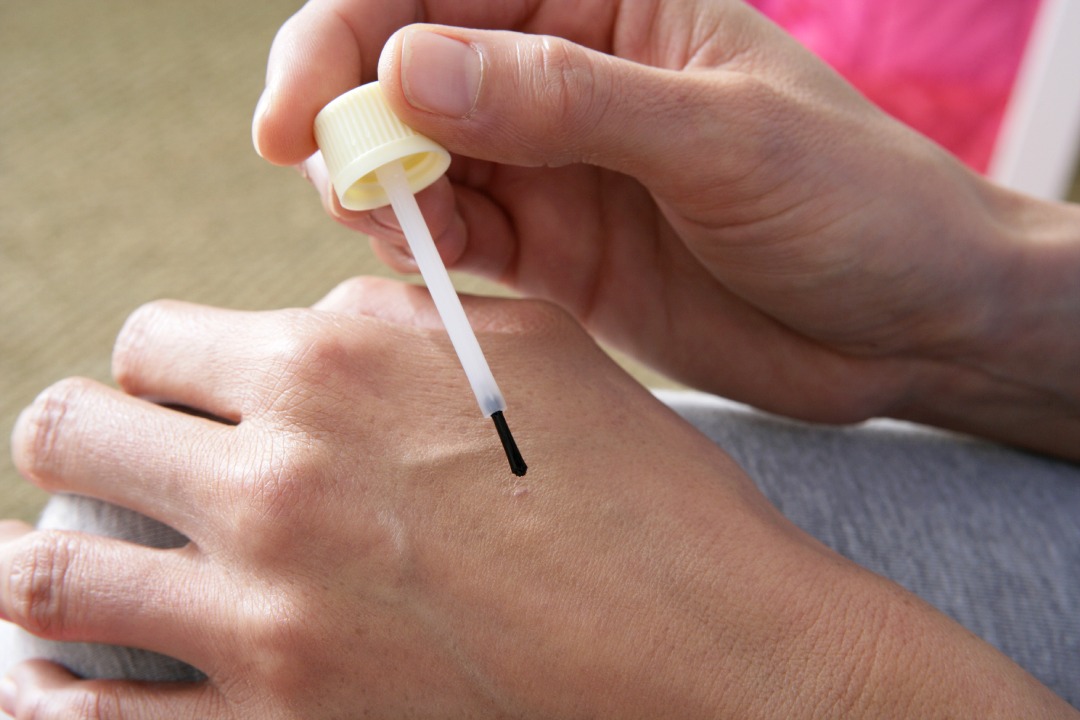
If you’re suffering from warts, here are the 10 treatment options to consider:
Home Remedies

Salicylic Acid (from aspirin):
In most cases, applying aspirin, which contains salicylic acid, does the trick.Salicylic acid is a keratolytic medication. It works by breaking down keratin, the protein that makes up the outer layers of the skin and the main component of warts. Salicylic acid also increases the rate at which skin cells turnover. This accelerates the shedding of wart tissue and promotes the growth of healthy skin cells underneath.Aspirin contains salicylic acid, which works by gently keratolyzing the wart tissue layer by layer.To use this method, crush aspirin tablets into a powder, mix with water or petroleum jelly to create a paste, and apply directly to the wart, covering it with a bandage. Repeat daily for several weeks. Just make sure the aspirin tablets are not past their expiration date.
Duct Tape Occlusion
Do you have duct tape at home? It can cure your warts. And more importantly, it can limit the spread to other members of the household.While the mechanism isn’t fully understood, some studies suggest covering the wart with duct tape for extended periods might stimulate the immune system to fight off the wart virus. Also, duct tape creates a physical barrier over the wart, reducing friction and irritation. This can be helpful for plantar warts (on feet) that experience constant pressure during walking.To use this method, apply a small piece of duct tape over the wart, pressing down firmly. Replace the tape regularly for several weeks. You should change the tape every 4 to 7 days.Please note that duct tape treatment will not work for everyone. So, if you don’t see positive signs after trying this method, consider other options or see a doctor.
Apple Cider Vinegar
Just like duct tape treatment, there isn’t a strong case for apple cider vinegar treating warts. However, many people have seen results with this inexpensive and readily available household item.It is hypothesized that the acetic acid in ACV might have a similar effect to salicylic acid, meaning it could potentially break down the keratin (protein) that makes up the wart layer by layer. The acidity of vinegar also kills the bacteria that accompanies warts.However, ACV’s concentration of acetic acid is typically much lower than what you would find in over-the-counter salicylic acid treatments. Thus, you may have a longer healing cycle.To use apple cider vinegar for warts, soak a cotton ball in apple cider vinegar and apply it directly to the wart, securing it with a bandage. Leave it on overnight and repeat daily for several weeks.
Banana Peel
Banana peel is another way to cure warts at home. While not backed by the scientific community, there have been wart sufferers who claim banana peel cured their warts within two weeks.Experts believe it is the high potassium content of the banana that does the trick. It burns through the wart layer by layer and treats it without damaging the healthy skin.If you do decide to use banana peels, make sure to change the peels daily. Also, use fresh bananas, the ones that have just turned yellow. If you experience irritation, stop use immediately and consult a doctor.
Over-the-counter treatments
Salicylic Acid Pads
These medicated pads contain a higher concentration of salicylic acid than what you would find in Aspirin, but they work similarly to break down wart tissue.To use the pads, follow the directions on the package, typically involving soaking the wart and applying the pad for a set time daily.
Freezing Treatments
You can use over-the-counter freeze sprays for treating warts. These contain liquid nitrogen, which freezes and destroys wart tissue.Follow the package instructions carefully, which involve freezing the wart for a specific time. Multiple applications might be needed.
Doctor-Administered Treatments
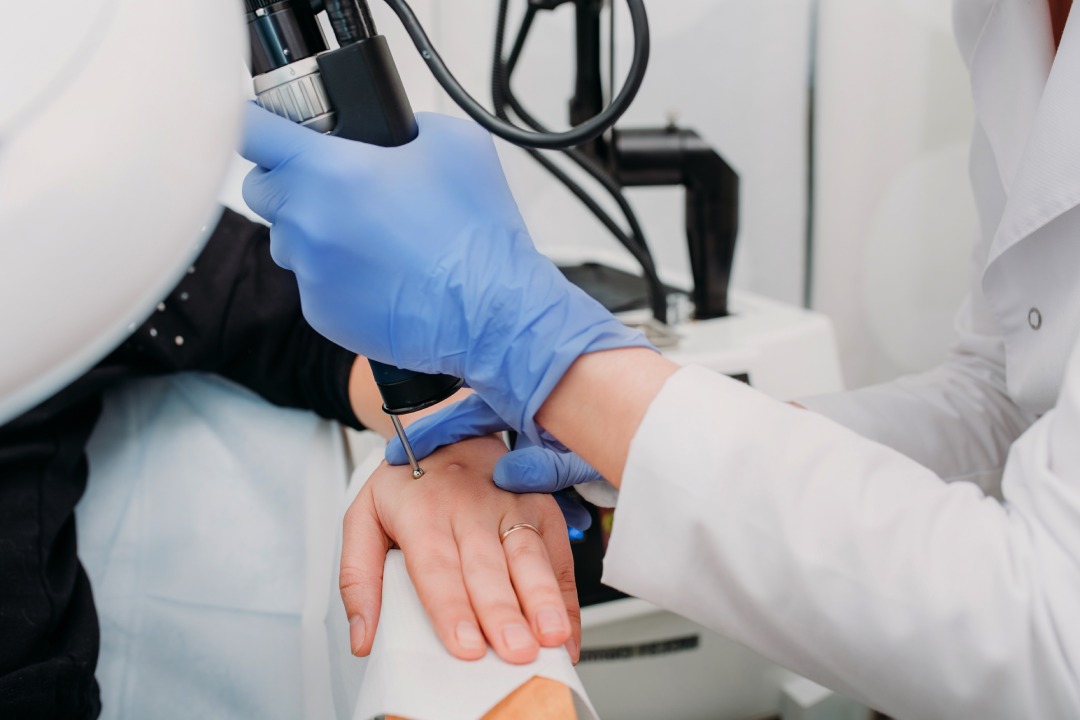
Cantharidin
A dermatologist can apply a cantharidin solution to the wart. This medication blisters the wart, and the dead tissue sloughs off after a few days.
Immunotherapy
Some topical medications like imiquimod stimulate the body’s immune response to attack the wart virus. A doctor prescribes the cream, which is applied to the wart according to their instructions.
Cryotherapy
Cryotherapy makes use of liquid nitrogen to treat the affected area. Similar to over-the-counter freezing, a provider uses liquid nitrogen to freeze and destroy the wart tissue.
Laser Treatment
In some cases, lasers are also used to get rid of warts. Lasers can precisely target and remove wart tissue. This option might be suitable for stubborn warts or those in cosmetically sensitive areas.
Remember, treating a condition, even something as insignificant as warts, often requires medical expertise. So, conduct your own research and talk to a professional to create a possible course of action for successful wart removal. At Kuye Medical Group, we have the tools to treat your warts, and any other medical need you may have. Contact us today to learn more.

